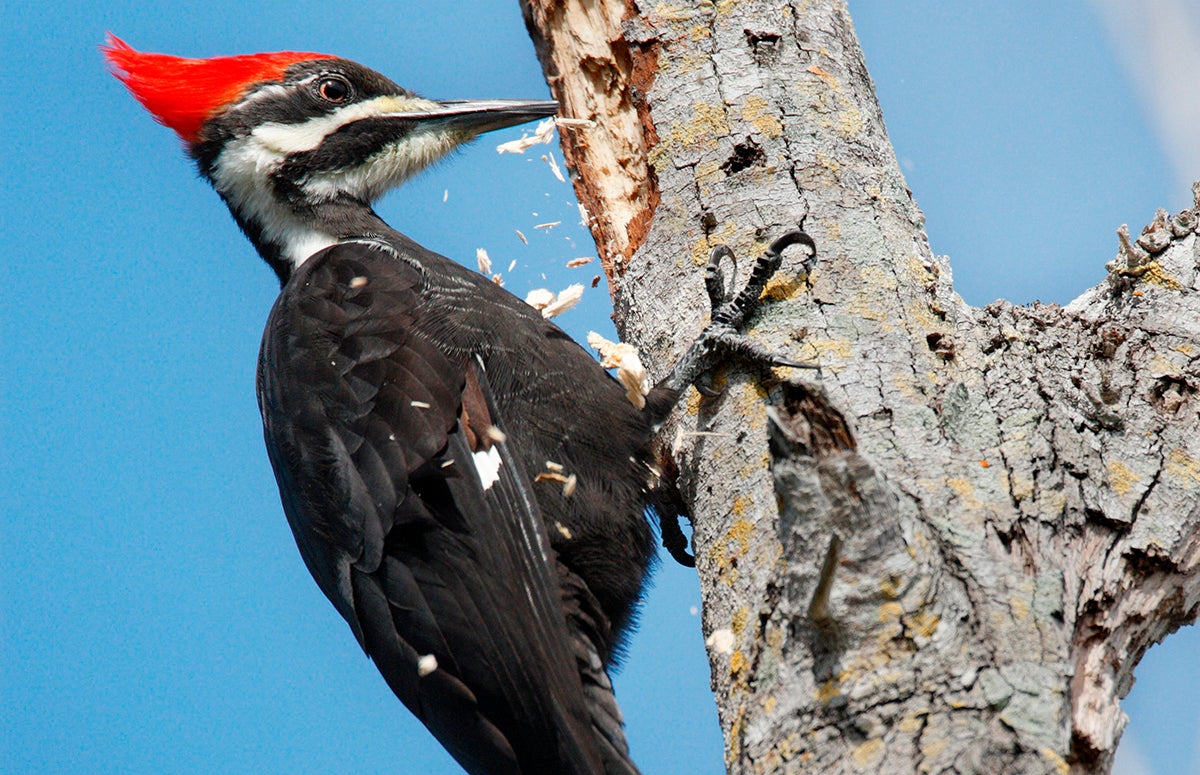Discover the Fascinating Globe of Woodpeckers: Whatever You Need to Know
The globe of woodpeckers is a world full of unique actions, complex adaptations, and a varied variety of types. From their environments and circulation patterns to their feeding practices and specialized physiological functions, woodpeckers have long astounded the rate of interest of ornithologists and nature fanatics alike. Comprehending the complexities of these remarkable birds offers a glimpse right into the complex interaction between their biology and the setting. As we explore the globe of woodpeckers even more, we reveal a wealth of details that clarifies their relevance in environments and the challenges they deal with in an ever-changing globe.
Woodpecker Habitats and Distribution
Woodpeckers occupy a diverse variety of settings worldwide, showcasing flexibility in their circulation patterns. These resilient birds are found in forests, woodlands, savannas, and deserts across different continents, showing their capacity to flourish in various climatic problems. In The United States and Canada, as an example, woodpeckers can be spotted in both coniferous and deciduous forests, using their solid beaks to forage for pests and develop nesting dental caries in trees. In Africa, particular woodpecker types have adapted to arid settings, such as the acacia timberlands, where they play a critical duty in managing insect populations.

Feeding Behaviors and Diet
Among the various aspects of their behavior, woodpeckers exhibit distinct feeding practices and dietary preferences. These birds are mainly insectivores, with a diet that includes ants, beetles, caterpillars, and other insects found in trees. Woodpeckers use their solid beaks to pierce right into the bark of trees, penetrating for bugs and larvae hidden below the surface. In addition to insects, woodpeckers also eat nuts, seeds, fruits, and sap. Some varieties have actually specialized tongues with barbed ideas that assist them draw out insects from crevices in timber.
Woodpeckers are understood for their drumming habits, which serves not only to communicate with other woodpeckers yet likewise to locate food. The rapid drumming audio is produced by the bird pecking on resonant surface areas like dead trees or steel poles. This behavior can bring in bugs hidden in the timber, enabling the woodpecker to spot their presence and prey on them.
Special Adaptations for Tree Climbing
In their adept pursuit of insects hidden within tree bark, woodpeckers have advanced remarkable anatomical features that equip them with distinct adjustments for effective tree climbing. Woodpeckers have solid neck muscular tissues and an one-of-a-kind head framework that soak up the effect of continuous pecking, enabling them to climb up vertically without creating damage to their brains. These adaptations display the amazing evolutionary design that enables woodpeckers to browse trees with precision and performance.
Diverse Woodpecker Variety Worldwide
With over 200 various species spread out throughout numerous habitats worldwide, the family members of Picidae includes a remarkable diversity of woodpeckers. These birds can be found in woodlands, timberlands, savannas, and even metropolitan areas, showcasing their versatility to different environments. From the iconic Northern Flicker in The United States And Canada to the vivid and evasive Crimson-backed Flameback in Asia, each woodpecker types exhibits unique characteristics in regards to tuft, habits, and habitat choice.
Woodpeckers differ considerably in size, with the diminutive Downy Woodpecker gauging around 6-7 inches in size, while the powerful Lineated Woodpecker can get to up to 17 inches - Woodpeckers in Florida. Their beaks additionally are available in different forms and sizes, reflecting their feeding behaviors. Some types specialize in extracting bugs from tree bark, like the Acorn Woodpecker, while others, such as the Black-cheeked Woodpecker, feed upon fruits and seeds

Preservation Initiatives and Challenges
Preservation efforts for woodpecker populaces are critical in reducing the effect of habitat loss and various other hazards encountering these varied avian species. Woodpeckers face different difficulties to their survival, mostly as a result of logging, urbanization, environment adjustment, and intrusive varieties. To resolve these concerns, preservation initiatives concentrate on shielding and recovering woodpecker environments, implementing lasting forestry techniques, and elevating recognition concerning the relevance of these birds in ecological communities.
One substantial obstacle in woodpecker preservation is the fragmentation of their habitats, resulting why not try these out in isolated populations that are more at risk to termination - Woodpeckers in Florida. Preservationists work to create wildlife hallways and secured areas that attach these fragmented habitats, enabling woodpeckers to move between various locations for feeding, breeding, and sanctuary

Verdict
In conclusion, woodpeckers are fascinating birds with unique adaptations for tree climbing and feeding actions. More research study discover this info here and conservation Go Here actions are needed to ensure the survival of woodpeckers in the wild.
Comments on “Woodpeckers in Florida Population: Species Summary and Conservation”